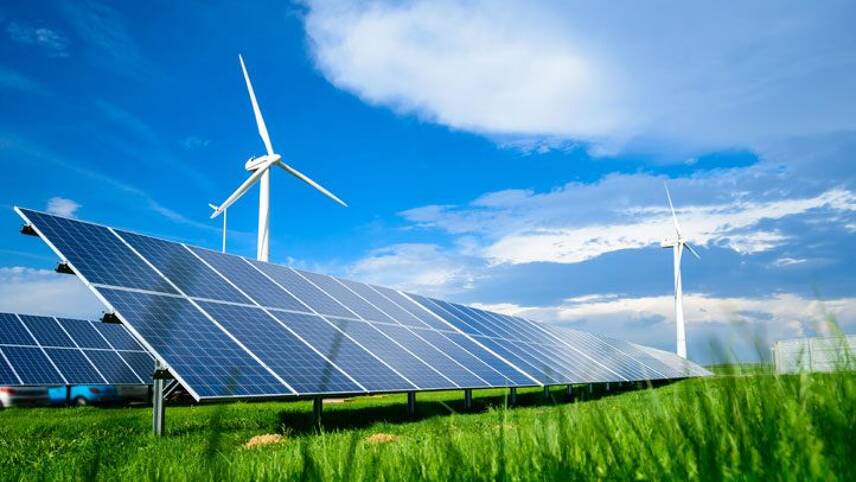Register for free and continue reading
Join our growing army of changemakers and get unlimited access to our premium content

Today, (15 November), the International Energy Agency (IEA) released the second edition of its World Energy Employment report, mapping energy sector employment by region, fuel, technology and value chain.
The report highlights that global energy employment rose to 67 million people in 2022, an increase of 3.5 million from pre-pandemic levels.
According to the report, more than half of this employment growth was in just five sectors including solar photovoltaic (PV), wind, electric vehicles (EVs) and batteries, heat pumps and critical minerals mining.
Of the five sectors, solar PV accounted for four million jobs, making it the largest employer of skilled workers, while EVs and batteries were the fastest growing, adding more than a million jobs since 2019.
Fossil fuel industries also witnessed a year-on-year job growth; however, due to a subdued rebound since the pandemic, clean energy employment overtook the fossil fuel industry in 2021, now representing over half of total energy sector jobs.
The IEA’s executive director Fatih Birol said: “The unprecedented acceleration that we have seen in clean energy transitions is creating millions of new job opportunities all over the world – but these are not being filled quickly enough.”
Skills gap
According to a survey carried out by the IEA with 160 energy firms globally, labour shortages are fast becoming a considerable challenge to ramping up activity.
The World Energy Employment report highlights that number of workers pursuing degrees or certifications relevant to energy sector jobs is not keeping pace with growing demand, specifically vocational workers as well as professionals in science, technology and engineering.
Additionally, fossil fuel companies are trying to retain workers internally for positions in low-emissions areas or to maintain flexibility based on changing needs.
The Agency is urging policymakers to focus on a people-centred approach and advocate for a just transition, especially in the coal sector where employment has been declining consistently for several years, mainly due to increasing mechanisation.
Birol added: “Governments, industry and educational institutions need to put in place programmes to deliver the expertise needed in the energy sector to keep pace with growing demand, particularly to manufacture and build the clean energy projects necessary to meet our energy and climate goals.”
The International Energy Agency highlights that in its Net-Zero Emissions by 2050 Scenario, nearly 30 million new clean energy jobs could be created, while close to 13 million jobs in fossil fuel-related industries could be at risk.
This means that around two clean energy jobs would be created for every fossil fuel-related job lost.
The Agency is calling on policymakers to focus on job training and capacity building to ensure that energy transitions benefit as many people as possible.


Green energy, fine, but let us never forget that this source is dependent, principally upon natural forces.
The major source is wind, and solar. In the UK, in a winters’ night, with no wind and neap tides, there is not too much green energy about; biomass certainly, and nuclear power (I love it, but not everybody does).
There is room for some three or more times more nuclear electricity in the base demand, but reactors are expensive, even if they do last eight decades or more.
The primary motive behind electricity generation is profit, and this is bound to drive policy.
It just happens to be that way!